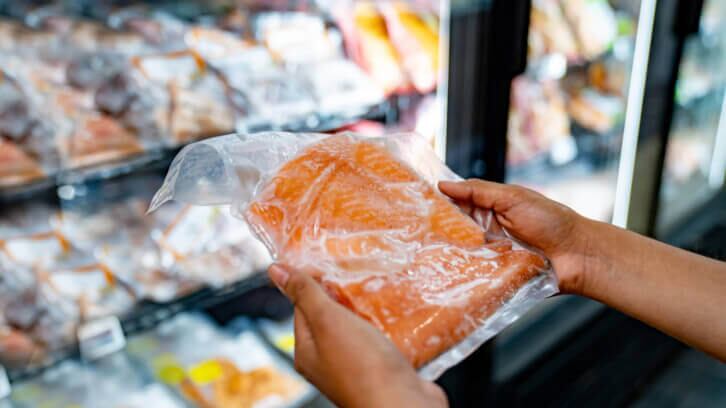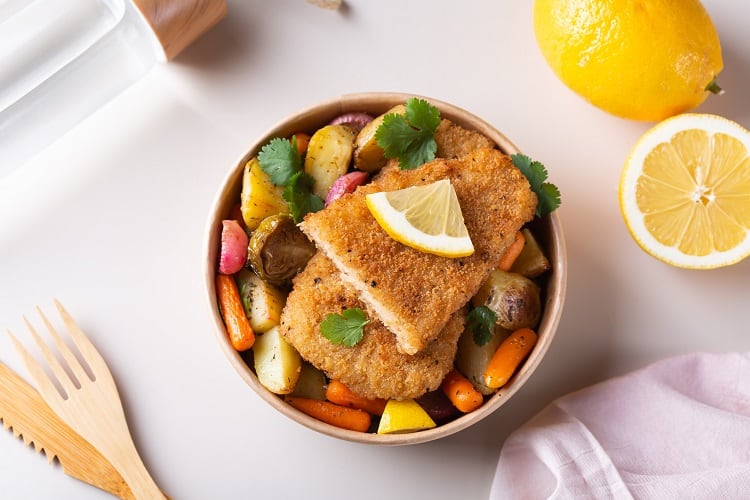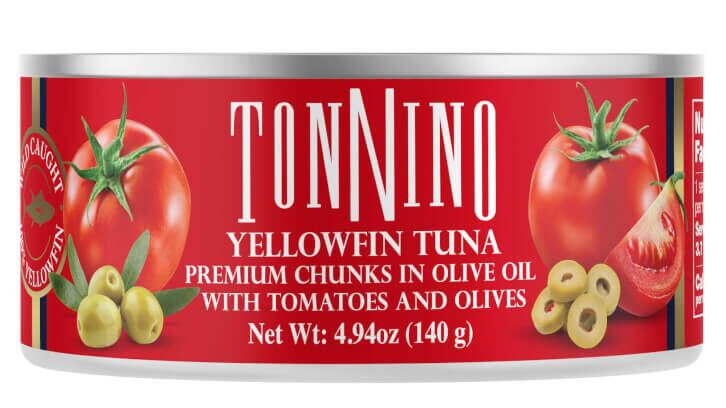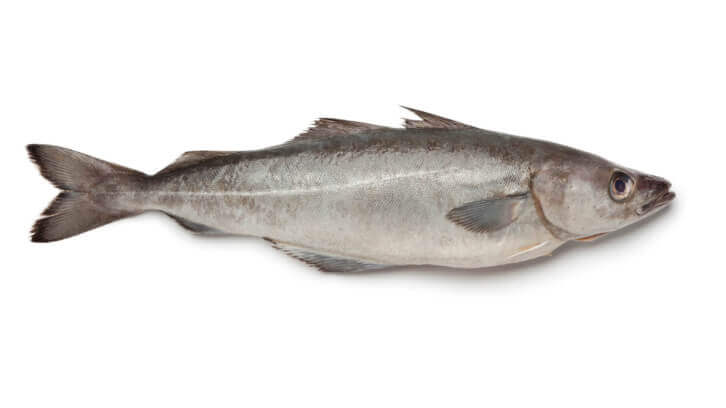While NOAA is not involved in the evaluation or publication of certifications for seafood farms, the agency provides the basis of these certification programs with the regulatory programs that are in place, Michael Rubino, PhD., NOAA’s senior advisor for seafood strategy, told FoodNavigator-USA.
“Most of those certification programs are based on the regulatory requirements that federal and state agencies already have in place. Our job is to implement laws and regulations to … protect the marine environment and to make sure that aquaculture operations in their siting and operation, operate in an environmentally sustainable manner,” Rubino explained.
Rubino referred to NOAA resources like FishWatch for the industry, which provides information about all US wild caught and farmed marine species, including their characteristics and management regimes, which also “provide a lot of financial information about what we’re doing.”
“A lot of US producers, if they’re meeting US regulatory requirements, they’re going to be above and beyond most of these certification requirements. We have stringent requirements here in the US based on a lot of science information, industry best practices … I think if you ask the growers themselves … a lot of them feel like they don’t have any trouble getting their US aquaculture products to market without some of these private certification labels,” he elaborated.
However, Rubino emphasized, the certifications do play a role, particularly for growers, wholesalers and retailers, the latter of which “require certain certifications for shelf space.”
He explained that the primary certification program in the US is run by the Global Seafood Alliance’s Best Aquaculture Practices (BAP); while Europe is run primarily by the World Wildlife Fund’s Aquaculture Stewardship Council (ASC), which is working to gain more traction in the US.
Establishing sustainable and traceable seafood in retail and certifications
To build more awareness among US seafood consumers, ASC is working with retailers, Athena Davis, marketing manager, North America, ASC, told FoodNavigator-USA.
By partnering with retailers, like the Pacific Northwest-based New Seasons Market, ASC is focused on expanding consumer awareness around seafood provenance through its chain of custody standard, which “assures consumers and seafood buyers that ASC-labeled products come from a certified responsible farm.”
When New Seasons Market was founded in 2000, the grocery store initially prioritized local and sustainable seafood sources, most notably wild-caught seafood, which was accessible along the coastlines of Alaska, Washington, Oregon and California, Daisy Berg, New Seasons’ program and category manager – seafood, told FoodNavigator-USA.
“We truly believe that [sourcing sustainable seafood] really supports the local economy, supports the local harvesters and the local growers, and is the right thing to do for the planet to ensure that we have healthy and sustainable sources for the future,” Berg emphasized.
New Seasons’ approach to seafood retail labeling
Partnering with Seafood Watch to label and promote eco-friendly options with its signature stoplight rating system, which included products that were listed as red (unsustainable) and Fish Wise to label and verify seafood products, New Seasons focused on providing transparent information for consumers to “vote with their forks.”
Through the Seafood Watch system, Berg noted that consumers quickly vocalized that they did not want unsustainable products, which led to New Seasons implementing a stronger commitment to “only sell the yellow and green rated items with Seafood Watch,” until the retailer pulled away from the ratings a few years later.
Since moving away from the Seafood Watch rating about a decade ago, Berg explained that she set up the stores’ seafood orders “from the most sustainable fisheries, whether they were either certified by an NGO like MSC and BAP, or they met some sustainability requirements through Seafood Watch.”
After New Seasons purchased a northern California company called New Leaf Community Markets, which piloted the Fishwise seafood retail labeling program, the retailer began expanding beyond Seafood Watch ratings and into aquaculture certifiers that are based on NOAA Fisheries data to “help us decide if we’re purchasing from the right sources.”
Introducing farmed salmon to New Seasons
Given the proximity of New Seasons to wild caught salmon along the Pacific Northwestern coast, Berg explained that farm-raised salmon was both unnecessary and harmful to the environment. During the off-season, New Seasons provided frozen wild-caught salmon and “our customers were happy with it.”
In 2017, as a result of new leadership for the retailer, Berg was tasked with seeking a year-round fresh salmon source, provided it fit into New Seasons’ sustainability requirements. Enter Atlantic Sapphire, a Danish farmed salmon company with a US production facility in Miami, and the first farmed salmon producer introduced to New Seasons’ seafood department, which led to New Seasons sourcing more ethical and sustainable farmed seafood.
The retailer implements stringent sustainability, traceability and social responsibility requirements for its farmed seafood, but especially with farmed Atlantic salmon, which hatch and live in two different marine habitats with farms using excess nutrients from food and feces that disturb the marine eco-system, and farmed shrimp “for the destruction of mangroves,” Berg explained.
By partnering with traceability programs like Fishwise and Seafood Watch, and sourcing certified seafood like ASC or BAP, Berg noted that this did not impact the stores’ margins, as a higher price was already accounted for with the stores’ sourcing criteria.
“We were already sourcing product for quality. And the cool thing about seafood is nine times out of 10, the highest quality products come from very sustainable fisheries, especially when you look within the US because it’s already at a higher price,” she said.
Addressing label fatigue in-store
For consumers, reducing label fatigue is also another challenge for producers and retailers.
Berg elaborated, “If a customer will look at a case and we labeled everything within our case, they’ll [ask] ‘Why is this less sustainable than that item?’ or ‘I thought everything from Alaska was supposed to be the best’ and because of all the nuances of different certifications and verifications and assessments, it’s super confusing.”
To combat this, New Seasons consolidated its rating system last October to “essentially a yes or no system, similar to the way MSC rates their products, so you’re either certified of not.”
Using its own logo that says “Sustainable Choice,” New Season still uses “all the items that pass the sourcing criteria that Fishwise has put out for us, so anything that has an ASC certification, BAP rating of three stars or more, and any of the Seafood Watch ratings,” along with information on priduct signage, including farmed or wild-caught, country of origin, farm name, water source, catch method or farming type.
Echoing Rubino’s sentiments, Berg expressed the potential that sustainable aquaculture can have on the environment, food system and feeding a growing population.
“We can’t ignore aquaculture. Aquaculture has the ability to ramp up production quicker than any sort of land-based protein. It’s a history that goes back in this large commercial production about 50-70 years … The difference between raising salmon 15-20 years ago is huge … We went from a type of farming method that was really destructive to the environment and not great for the fish to being something that can be positive environmentally, and end up with a fish that is raised in a more humane way, better tasting, better for you and a better yield than anything before it,” she said.
While Berg applauds the sustainable possibilities of aquaculture’s presence in the food system, she maintained that wild-caught fisheries still have a place.
“They can live hand in hand and help to feed a growing planet together,” she said.
Charting the course of sustainable seafood
FoodNavigator-USA will host a free editorial webinar, Future of Seafood, on March 13 at 11 AM CT. Attendance is free with registration at this link.
With concerns over sustainability, climate change and evolving consumer preferences, the seafood industry is at a pivotal crossroads. In this webinar, industry experts come together to discuss the challenges and opportunities that lie ahead.
From plant-based seafood and aquaculture advancements to the promise of cultivated seafood technology, we examine the cutting-edge innovations reshaping the seafood landscape. Moreover, we explore the evolving demands of conscious consumers and the strategies that enable businesses to meet their expectations while ensuring environmental stewardship.
To register for free, please click here.




